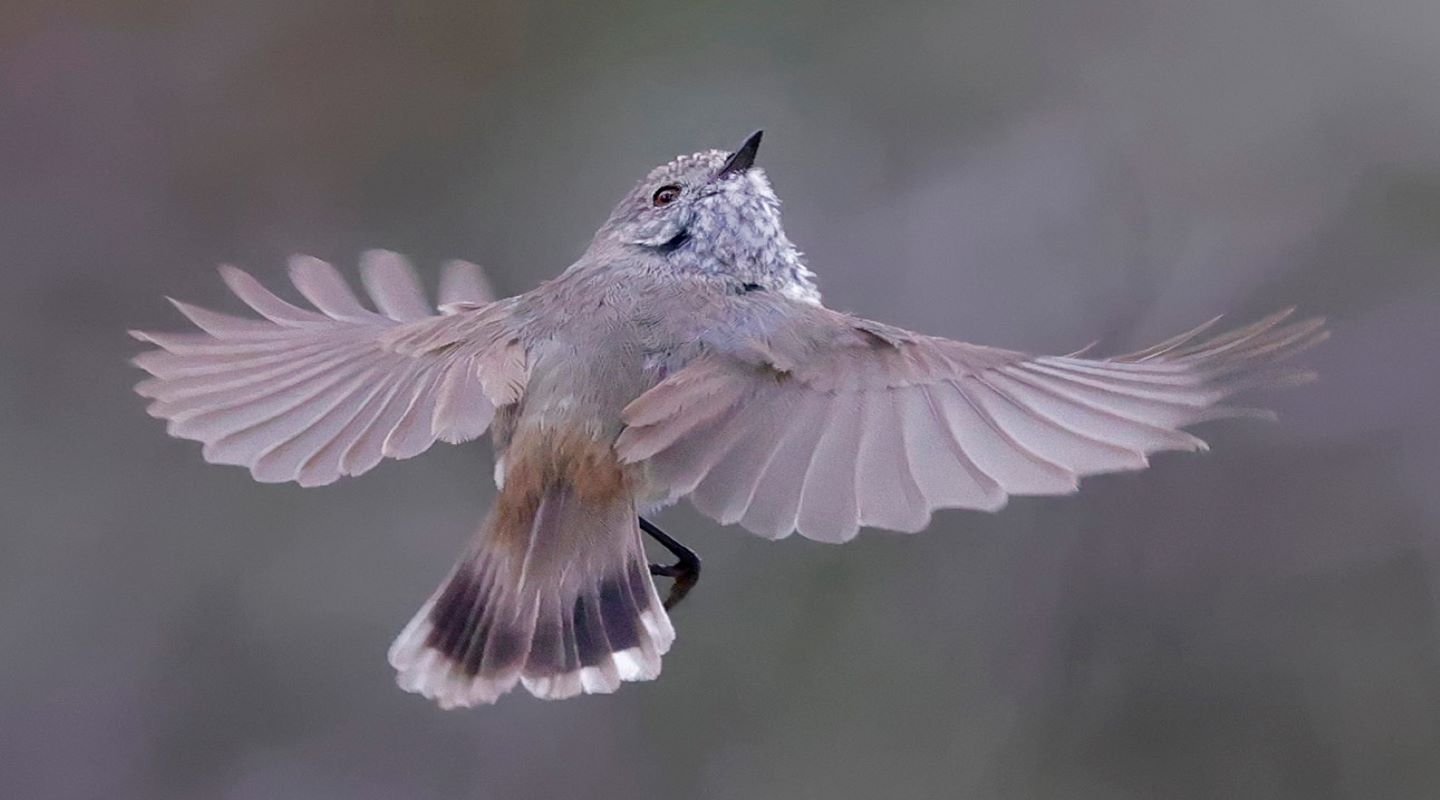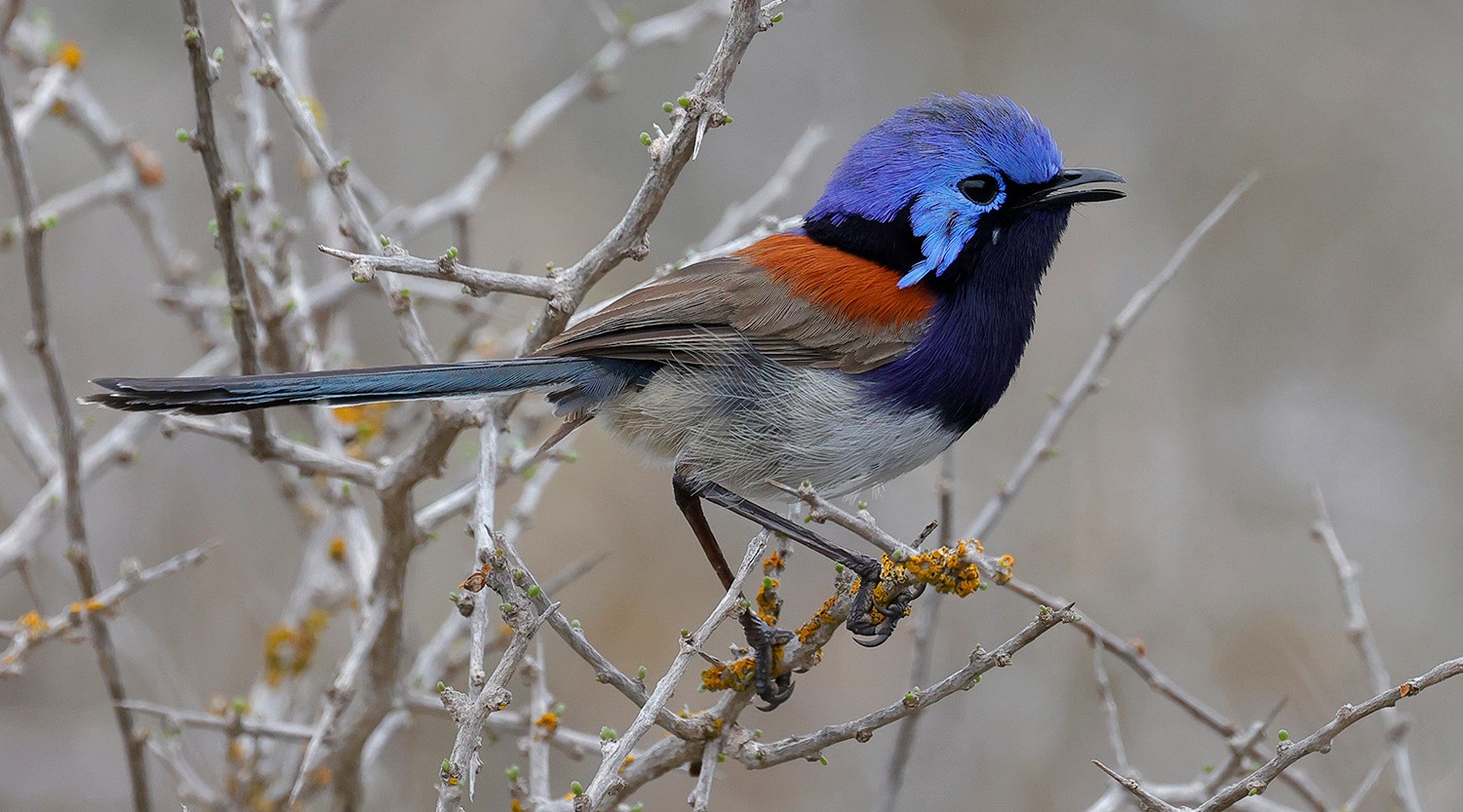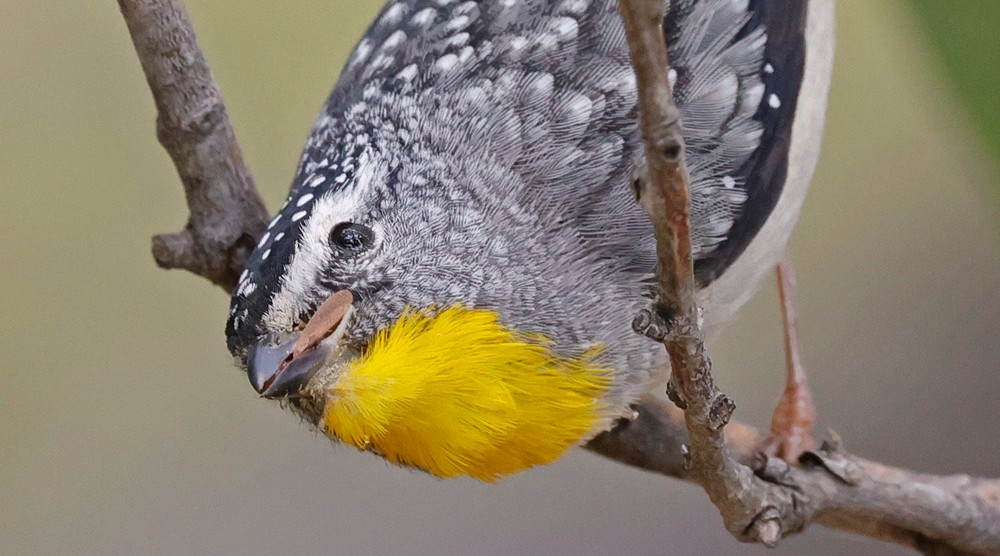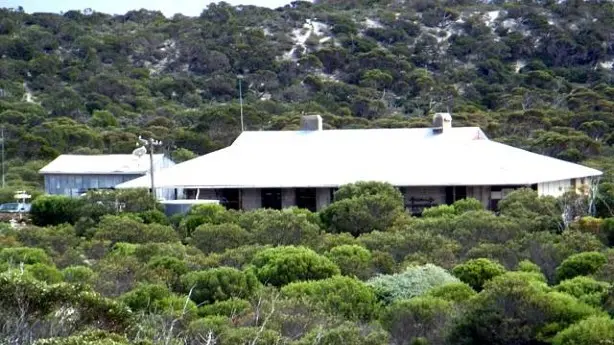The history
Established in 1977 by BirdLife Australia, the Eyre Bird Observatory is Australia’s first bird observatory, providing a base for the study and enjoyment of the birds of the area.
Nestled between the arid Nullarbor Plain to the north and the coastal waters of the Great Australian Bight to the south, the Observatory is in one of the least populated places on the continent but home to over 240 species of birds – many of them rare and endangered.
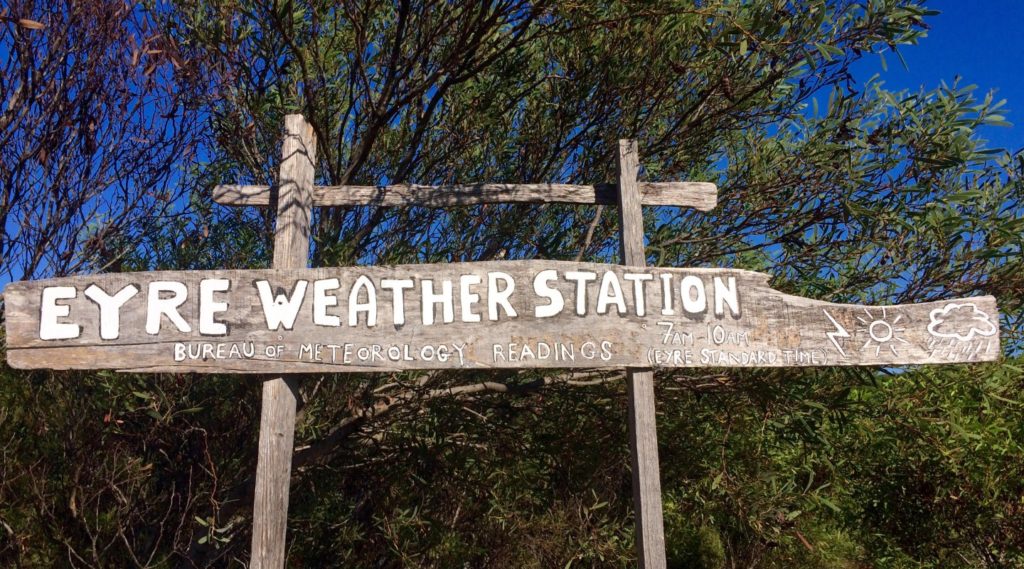
Previously, the Observatory was the first Eyre Telegraph Station on the Intercolonial Telegraph Line. It is located near the site where explorer Edward John Eyre found water during his overland journey from Adelaide to Albany in 1841.
The beautiful limestone building now houses a museum along with accommodations for visitors looking to enjoy the natural landscape and bird life.
Throughout the year, Eyre Bird Observatory hosts a number of courses designed to attract the interest of naturalists and people with a growing sense of environmental consciousness.
The Observatory always welcomes day visitors as well as overnight guests year-round.
The Eyre Bird Observatory is located in the Nuytsland Nature Reserve and the Observatory acknowledges the support of the Department of Biodiversity, Conservation and Attractions, WA.
What can I do at Eyre Bird Observatory?
Activities
Discover a range of exciting activities at the Eyre Bird Observatory. These include bird watching, bush walks, beachcombing, photography, painting, stargazing, and whale watching (June to November). Visitors can also relax on the verandah and take in the views, read from the library, or participate in ongoing field work. The museum is also worth a visit for those interested in the area’s history.
Courses
Eyre Bird Observatory runs many courses throughout the year including Early Birding, Bird Photography, Bird Week, Field Techniques in Bird Studies, Dune Restoration and Weeding Workshops. Led by experts working in the field, the courses are usually 6-day duration and provide an opportunity to participate in a truly unique experience. Find a full list of our courses here.
If you’d like further information, get in touch via the contact form on this page.
Day visits
Visit Eyre Bird Observatory any day between 10 am to 4 pm to indulge in various activities, including bird watching, museum visits, beach exploration, bushwalks, and unwinding on one of our many verandahs.
Accommodation
If you’re looking for accommodation, our heritage-listed 1897 telegraph station is available for booking but must be reserved in advance. Please note that camping is not permitted once you leave the highway. The daily rate includes three meals, but guests need to bring their own linen as there is a limited water supply. If you plan to stay for two nigts or more and don’t have a 4X4, our caretakers can arrange to pick you up from the lookout. However, please remember to call the night before your arrival to confirm your pickup time. For more information, please use the contact form on this page.
The birds of Eyre Bird Observatory
Eyre Bird Observatory is nestled within the Nuytsland Nature Reserve, home to many rare species of birds.
Other birds of interest that can be found here include:
- Pink Cockatoo
- Rainbow Bee-eater
- Australian Ringneck
- Blue-breasted Fairy Wren
- Brown Falcon
- Nankeen Kestrel
- Collared Sparrowhawk
- Australian Bustard
- Purple-gaped Honeyeater
- Brown Honeyeater
- Red-capped Plover
- Sharp-tailed Sandpiper
